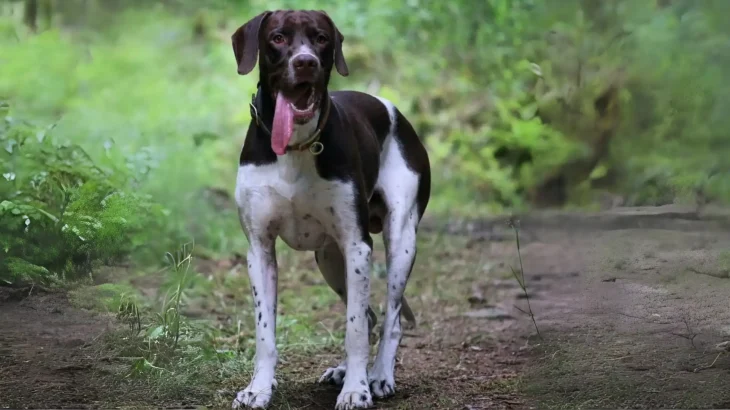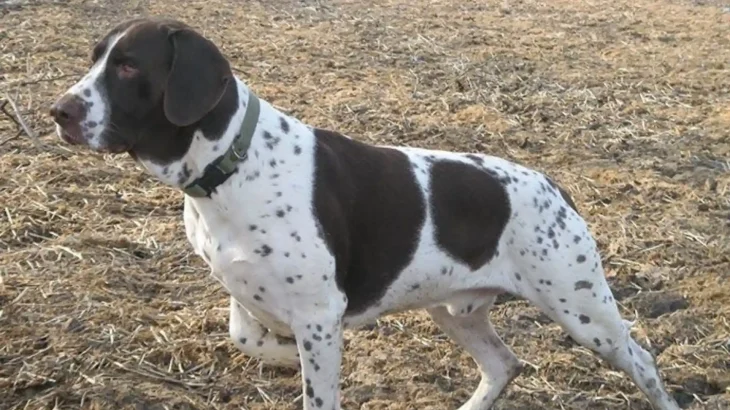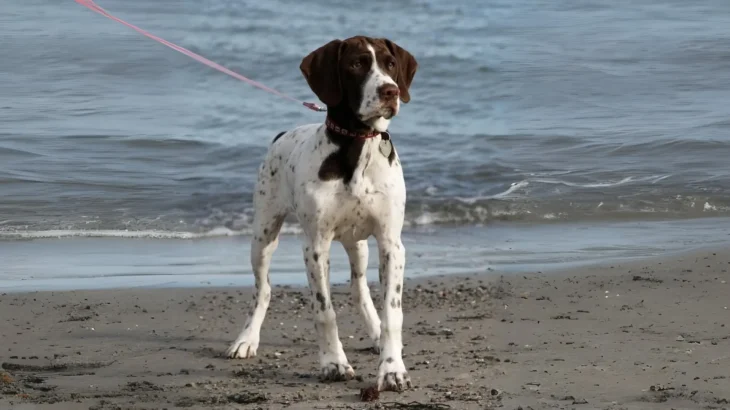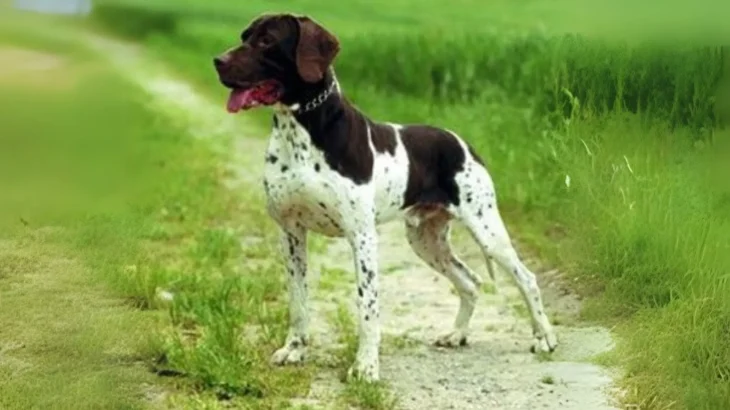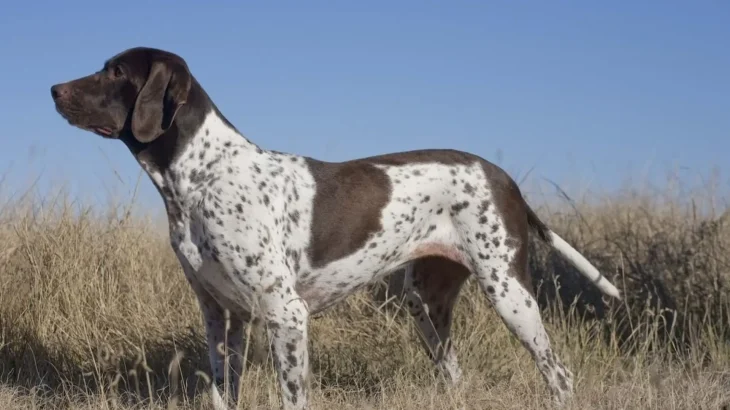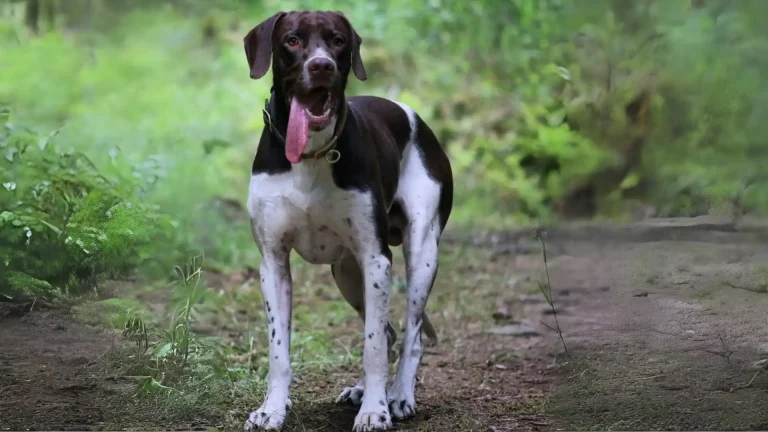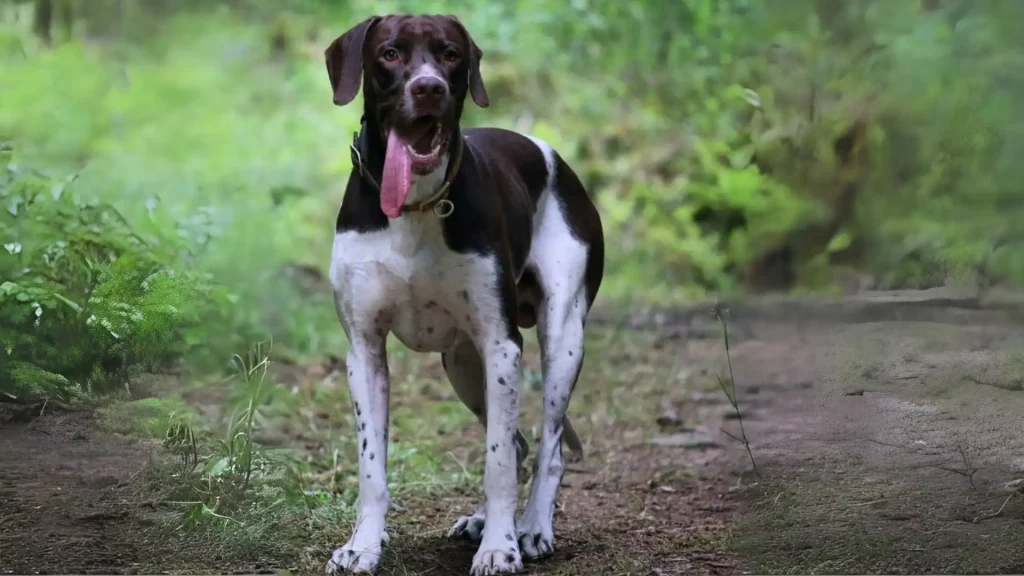When it comes to welcoming an Old Danish Chicken Dog into your life, deciding whether to adopt or buy a puppy is an important step. Purchasing from a breeder often means clearer knowledge of lineage and health, while adoption provides a chance to give a home to a dog that needs one, though with less certainty on background. This choice depends on what matters most to you in your journey as a dog owner.
Adoption vs. Breeder: Pros & Cons
| Criteria | Buying from Breeder | Adopting from Shelter/Rescue |
|---|---|---|
| Cost | Generally higher due to pedigree and breeding expenses. | Lower adoption fees, often more budget-friendly. |
| Health History | Often includes detailed health records and genetic screening. | Health history may be limited or unknown. |
| Age Availability | Typically puppies, allowing early bonding. | Various ages available, including adults. |
| Temperament Insight | Breeders can share info on lineage temperaments. | Behavior assessments are available, but background may be unclear. |
| Supporting Practices | Supports responsible breeding if breeder is ethical. | Supports animal welfare by providing homes to dogs in need. |
| Ethical Considerations | Important to verify breeder's ethics to avoid puppy mills. | Adoption helps reduce shelter populations and rescues dogs. |

